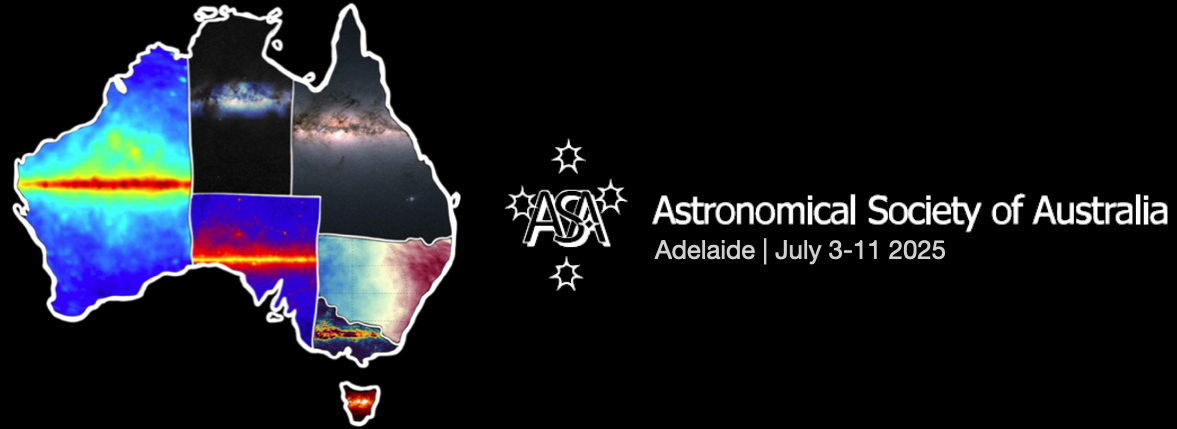Speaker
Description
The cosmological principle — the foundational axiom that defines modern cosmology — states that the universe is homogeneous and isotropic on large scales. But this assumption, while elegant, must be tested. Recent observations — including the Hubble tension and our unexplained local bulk motion relative to the Cosmic Microwave Background — suggest that the nearby universe may contain structure significant enough to challenge this principle. While these questions have traditionally been approached using high-redshift data, the local universe ($z < 0.1$) may hold equally important clues.
In this project, we use the galaxy luminosity function as a tool to study the distribution of starlight — or luminosity density — across the sky. This provides insight into the underlying mass distribution and whether it aligns with the predictions of a homogeneous universe. Using data from the 6dF Galaxy Survey, 2MASS Redshift Survey, and GAMA, we divide the sky into hundreds of distinct regions and apply a Bayesian hierarchical model to estimate the luminosity function parameters in each region. This approach allows us to capture both local variations and their relation to a global cosmic average.
From this, we construct a 3D map of the stellar luminosity density across the Local Volume (out to $\sim400$ Mpc), and measure the statistical variations around the cosmological mean density as a function of redshift and direction on the sky. We also compute the dipole moment of the luminosity density field to constrain the motion of the Milky Way relative to its surroundings, by averaging over scales from 40 to 400 Mpc. This work serves as a foundational step toward the upcoming 4HS survey, where high-completeness, full-sky southern hemisphere data will enable us to refine and extend these analyses with greater depth and precision.

